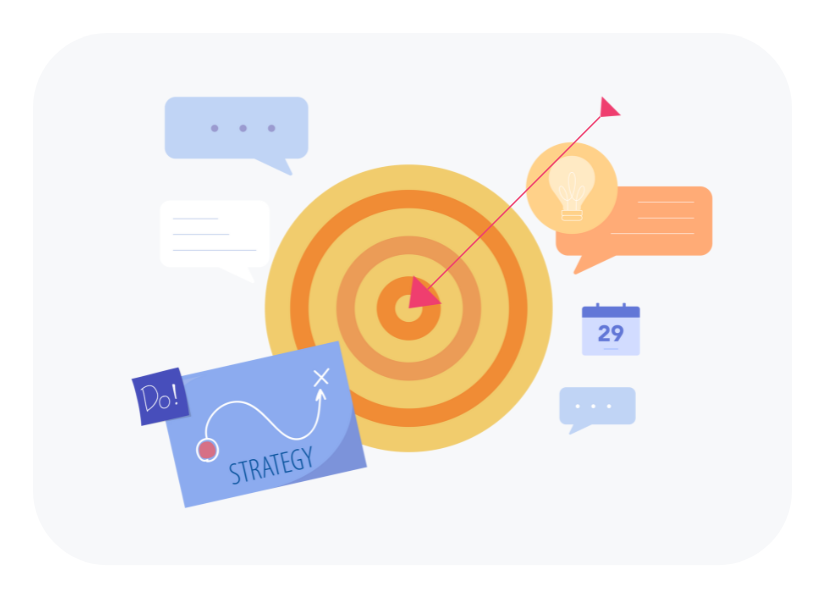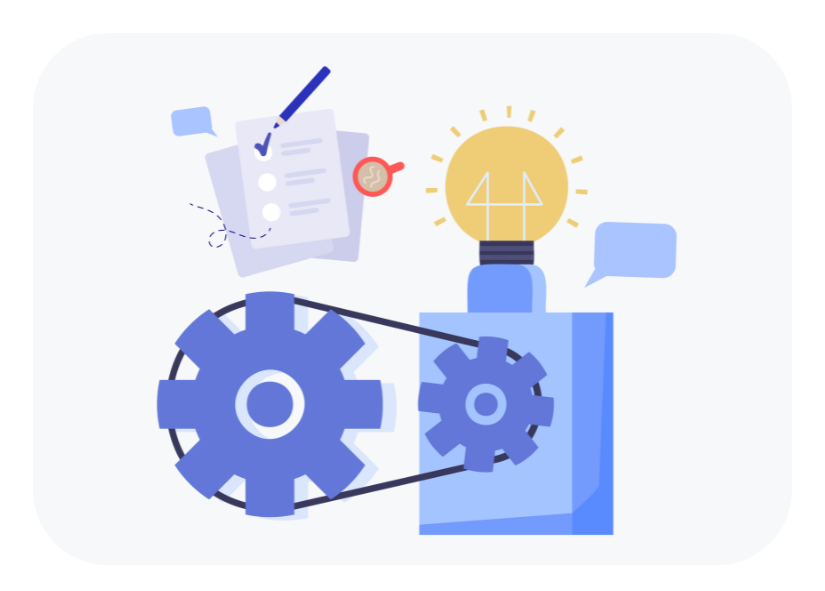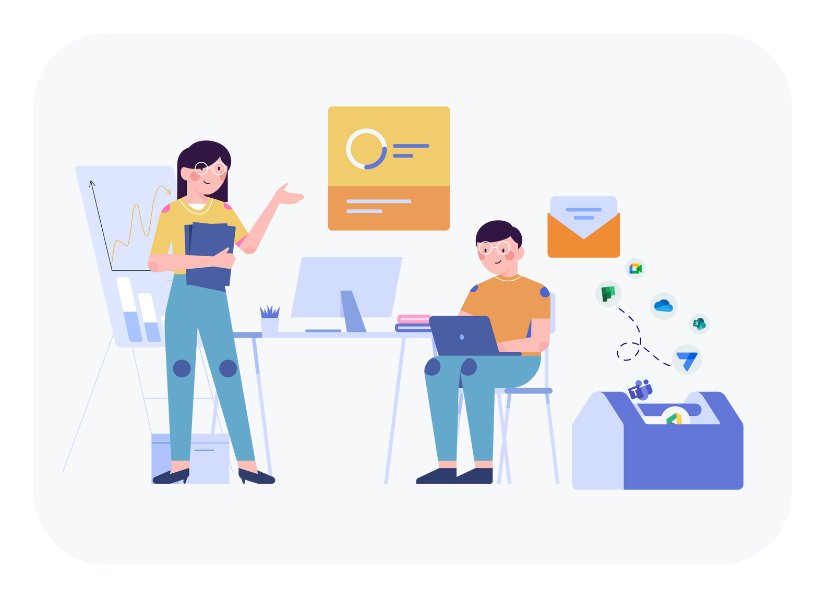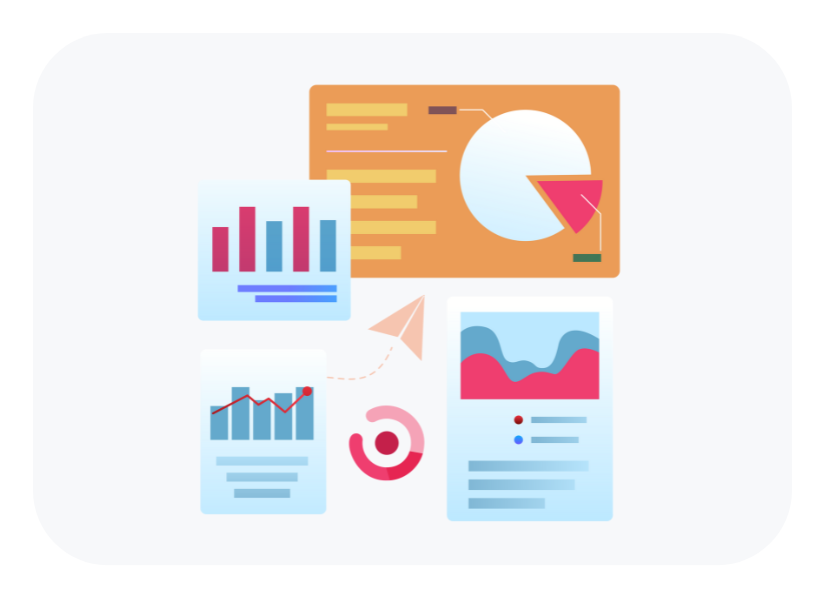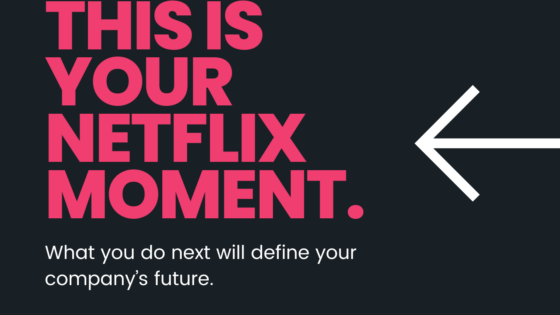Thinking about how to best leverage AI tools in your school? Here are 4 things you should consider first.
Unless you’ve been living under a rock for the past year, you will have heard about AI tools, like ChatGPT and Google Bard, that are taking the world by storm and have redefined how we do things in the education space. This integration of AI in education and the workforce can be equated to the shift to cloud-based platforms for collaboration (think shared docs) – it’s monumental and we need to be prepared for what is already here, not what’s coming. Here are four (of many) things your school should consider before diving in.
Establish the ‘why’
AI is being used in education to enhance learning experiences. It can provide personalised learning paths, adaptive assessments, and intelligent tutoring systems. AI-powered tools can analyse student performance data, identify areas of improvement, and provide targeted feedback. Additionally, AI can automate administrative tasks, freeing up teachers’ time and enabling them to focus on instruction.
It’s important to establish why your school wants to place more of a focus on AI in relation to these areas. Where will your focus lie in terms of integration? What systems/processes are you looking to improve in terms of teacher workload and/or what student outcomes/experiences are you aiming to improve?
Knowing this will help you get clarity on which AI tools your people will need to upskill in.
Consult your stakeholders
Bringing AI practices into schools is a big deal, and that’s why it’s crucial to get everyone involved—teachers, parents, and students.
Teachers play a vital role because they know the ins and outs of education. Consulting them means we can tap into their expertise and make sure AI fits seamlessly with our teaching methods and educational goals. This is also an opportunity to guide and reassure your teachers that while AI won’t replace them, someone using AI could, so time to get upskilled! While AI can support and enhance teaching, it cannot replicate the complex social interactions, empathy, and individualised guidance that teachers provide. AI should be seen as a tool to augment and assist teachers, helping them personalise instruction, provide real-time feedback, and streamline administrative tasks. The human element of teaching remains essential for fostering creativity, critical thinking, and emotional development in students.
Parents, on the other hand, need to feel included and have their concerns addressed. We want to build trust by being transparent about how we use AI in schools. This part of the discovery phase also allows the school to assess where understanding of AI lies and discuss the intentions of the school thoroughly so that everyone is on the same page.
And let’s not forget the students! Their input matters too because they’re the ones experiencing the impact of AI directly. This is an opportunity to sound them out – what do they know/where are the gaps in their knowledge of how AI is used, as well as establish expectations of ethical practice with AI.
By involving everyone, we create a sense of ownership, inclusivity, and shared responsibility. Together, we can make well-informed decisions that improve learning, uphold ethical practices, and create a school environment where technology is a tool for enhancing education.
Identifying the tools
When introducing AI practices into schools, it’s crucial to establish which AI tools will be used and for what specific purposes. Understanding the possibilities and limitations of these tools helps us explore how they can be effectively integrated into the classroom environment. By determining the appropriate AI tools, educators can align them with their teaching objectives and curriculum requirements. This ensures that AI becomes a valuable asset that complements existing teaching practices rather than a mere novelty or fancy add-on.
Having clarity on what tools will be used and by who also allows us to address specific educational needs, such as personalised learning, assessments, or streamlining administrative tasks. By selecting the right tools, schools can make informed decisions about investing in effective and relevant AI solutions.
Establishing the purpose of AI tools fosters transparency and accountability, enabling all stakeholders, including teachers, students, and parents, to understand how AI is utilised to enhance teaching and learning experiences. By clearly defining the AI tools and their intended uses, schools can harness the full potential of AI while maintaining a focused and purposeful approach to education.
Review Assessment Practices
Most teachers are so focused on plagiarism concerns that they often miss the opportunities afforded to us by AI. By reviewing assessment practices, schools can identify how AI can enhance the assessment process, and place more of a focus on what and how we are assessing students; are we asking them to regurgitate what is on the internet and put it into a slide deck, or are we asking them to critically analyse information and transfer it into local contexts and have them conference with teachers and peers to demonstrate their understanding?
AI technologies have the potential to provide more accurate and timely feedback on student outcomes and learning, enabling teachers to gain deeper insights into individual learning needs. The tools we are already using inside the Google and Microsoft environments have AI-driven technologies that you can be leveraging to transform assessment practices and make them more curriculum-aligned and purposeful for our young people.
Want to take a deep dive into ChatGPT and how it can improve opportunities for you and your students? Join us for our upcoming training, Improve Efficiencies And Hack Your Teacher Planning With ChatGPT ➡️ here
Want a FREE taster of the possibilities of AI in education? Join us for our monthly webinar to learn more about the tools you already have access to and how to leverage them to buy back time and focus on student engagement ➡️ Halve Your Teacher Workload, here
Want some help facilitating a staff meeting for your teachers and introduce them to AI? Book a discovery call with our team here to chat about how we can help.
